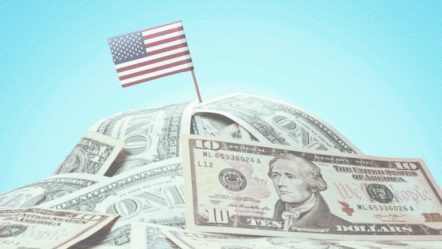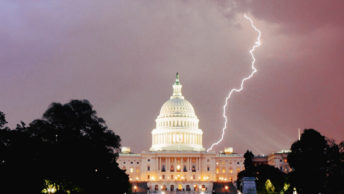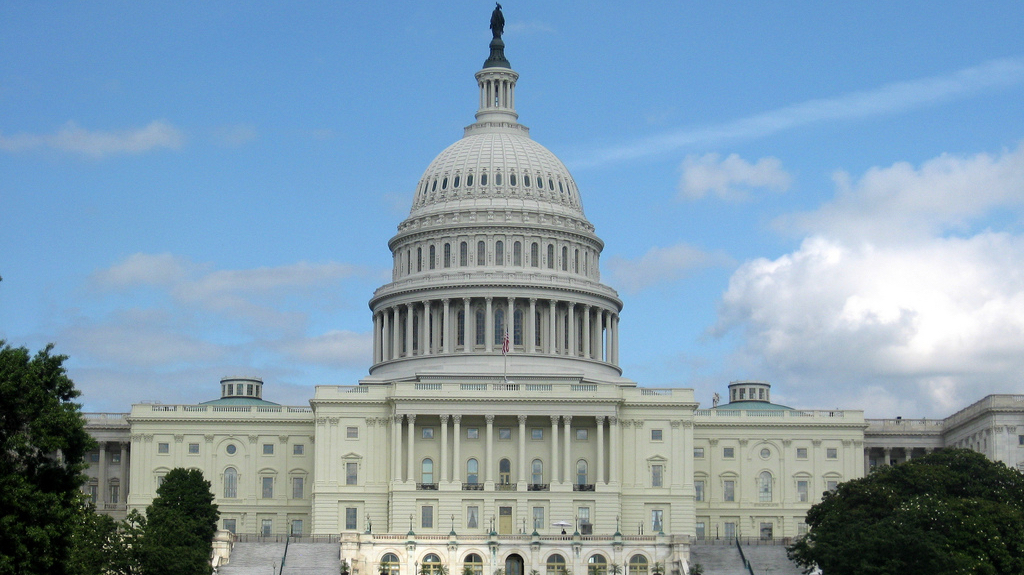Great nations with vast resources and firm foundations have existed for centuries overcoming internal and external threats. Throughout history, many factors serve as threads of continuity allowing countries to prosper, despite occasional missteps in foreign and domestic policy.
Since the end of the Second World War, the United States has embarked on an expansionary foreign and domestic policy, which for over 75 years has been sustained by an industrial base driven by advances in technology, global alliances, and the strongest human capital in the world. The rule of law, private property rights, trade and sound money represent only a few of many factors that enhance the longevity of a nation.
In 1971, the United States began a national inflationary experiment, when Richard Nixon removed the country from the gold exchange standard. Foreigners, wary of spending on the war in Vietnam and the war on poverty, began to demand payment for dollars in gold. Concerned about a run on the national gold stock, Nixon closed the “the window” and the age of inflation commenced.
For five decades, deficits have been the norm as Administrations have spent more on outlays than they have received in revenues. The nation reached a milestone in November when the rate of interest on the national debt reached $1 trillion. Borrowers around the world have begun to take notice as China and Japan reduced their treasury holdings. Other nations have entered discussions regarding conducting transactions in non-dollar denominated currencies. This is especially noteworthy regarding settlements for oil shipments in national currencies. China and Russia as well as Russia and India have conducted these transactions. China and Brazil have also conducted business in their own currencies. When the United States left gold, a term called the “Petro-dollar” emerged, signaling that OPEC would continue to use the dollar as the standard for the price of oil. A global movement away from the dollar is unlikely in the near term, but any deviation must be noted and monitored. A small change may be only an anomaly, but the rate of a large change could signal trouble for the reserve currency. Most disturbing has been the recent surge in our national debt.
The magic of compound interest works against a nation that now pays $1 trillion in interest on a $34 trillion debt. This is double the rate of payment from April 2022. Economists and financial analysts will claim that the debt held by the public is less, since the Federal Reserve holds several trillion in treasuries and agency debt on its balance sheet. However, when the Fed purchased these government securities, it paid for it with fiduciary credit, creating money out of thin air and injecting it into the banking system, stoking inflation and further debasing the dollar.

The greatest danger to the currency is an asymmetric event that occurs outside of the nation, which has a domino effect, resulting in a global recalculation of dollar denominated assets held by foreign nations. A massive unwinding of American securities could cause interest rates to spike, as the market demands a higher inflation premium on treasuries.
A surge of inflation may trigger the government to impose wage and price controls. These actions would result in the same catastrophic economic distortions of the 1970’s resulting in surpluses and shortages. The invisible hand of capitalism destroyed by the dead hand of statism. The most recent inflationary spiral has been caused by the $3 trillion in monetary expansion by the Federal Reserve in 2020 followed by the $1.9 trillion American Rescue Plan and the $737 billion Inflation Reduction Act. Moving too slowly, the Federal Reserve has raised short term rates 12 times to mitigate a problem that it helped create.
Inflation represents not only a tax on capital it is an attack on personal liberty, reducing discretionary spending and limiting choices of some who can only purchase necessities. There are many who can no longer afford higher education, vacations or attending something as simple as a sporting event.
Labor Unions have successively staged and threatened walk outs against major American companies blaming corporate greed and poor management for the plight of the working class. Unbenownced to most hard-working citizens, their target is a little off the mark. There is no greater cause of the destruction of the middle class than the debasement of the American dollar caused by the annual deficits and $34 trillion national debt. Prices will continue to rise as corporations have no choice but to meet worker demands and raise prices on consumers to pay for raises. The latest UAW agreement with auto manufacturers will raise the price of a new vehicle $1,000. Non-union automobile companies have already announced raises to keep their employees from striking or organizing. Reuters reported on November 14th that Stellantis is offering buyouts for 6,400 workers as part of a cost cutting effort, in part to pay for the new union contract.
The “wage-price spiral” adds to an inflationary ascent in the second phase of a business cycle referred to as cost-push inflation. The first being demand-pull inflation, which occurs when the Fed cuts interest rates and buys treasuries spurring demand for capital at lower borrowing costs. Unfortunately, the result is permanently higher prices, especially for capital goods. There is no such thing as transitory inflation. When the central bank expands the money stock at a rate exceeding the growth of the economy, a ratchet effect occurs. Prices move in one direction: upward. It is the reason that we now pay for a car what our parents paid for a house.
There must be a national economic awakening to historical first principles that have stood the test of time. Sound money and rational finance must be first among equals. If the economy were compared to the human body, currency would be the bloodstream. It touches every cell, organ, and internal system. The importance of a stable and neutral currency is evidenced in Article I, Section 10 of the U. S. Constitution, where gold and silver were mandated as the coin of the realm. Having experienced the inflation of the American Revolution, the founders understood the need to have a stable monetary base.
The White House and a divided Congress will not undertake any meaningful legislation in an election year. This inaction will not make a future monetary crisis any less likely. The most pressing issue is to address the runaway cost of entitlements and the horrific interest payments on the debt.
The public is unaware of the issues in the depth of the financial world. Most would glaze over with talk of reverse repurchase agreements, the discount rate and one day settlement for treasury securities. Citizens only understand that prices are much higher than they were two years ago, but cannot determine the proximate cause. Many expect the government to fix the issue with price controls and living wage laws, but that request is akin to calling the arsonist to put out the fire.
While it may be referred to as a false dilemma, there are two most likely outcomes to the debt crisis that is unwinding before us. A government-based solution similar to the Reagan-O’Neill social security agreement in 1983 or a market-based solution that is triggered as a result of a crisis. The former will require thought and unity of action, which is often absent in Washington. The latter will be imposed harshly by the global capital markets and will require a reactive solution.
Only time will tell.








